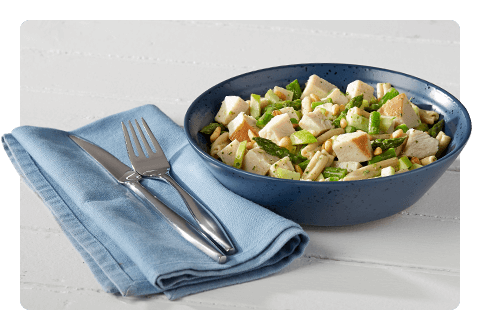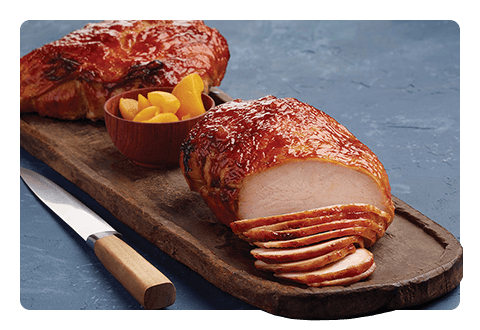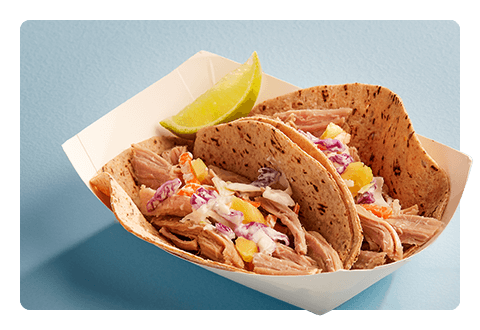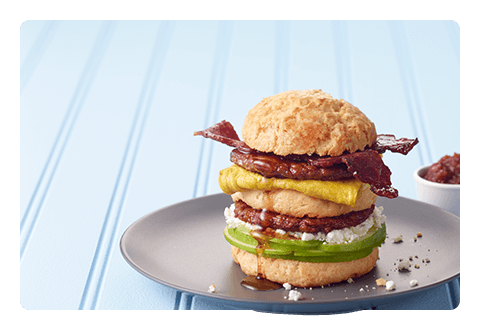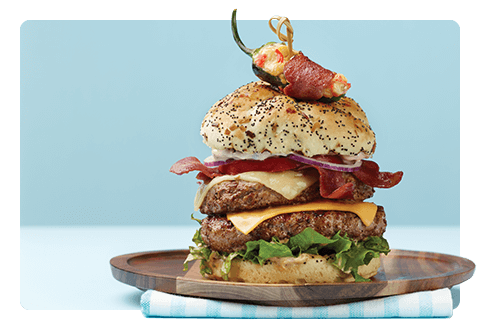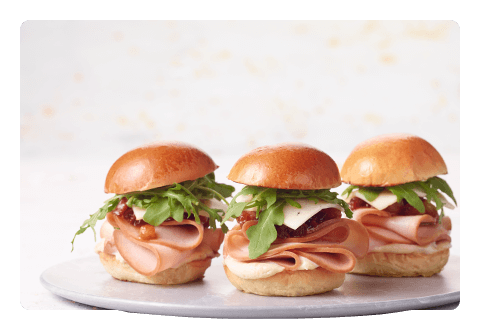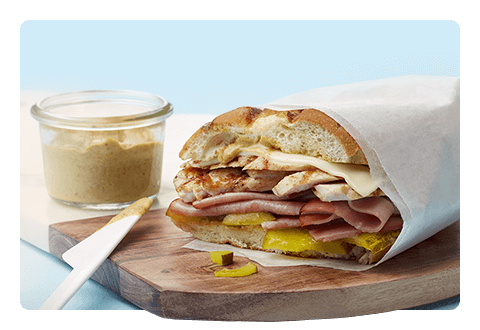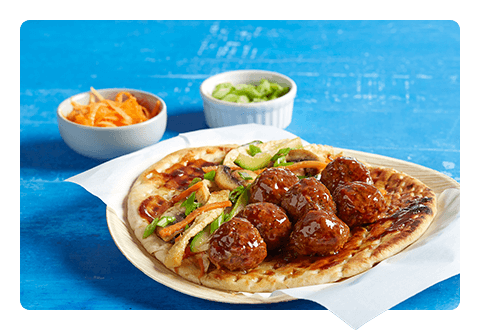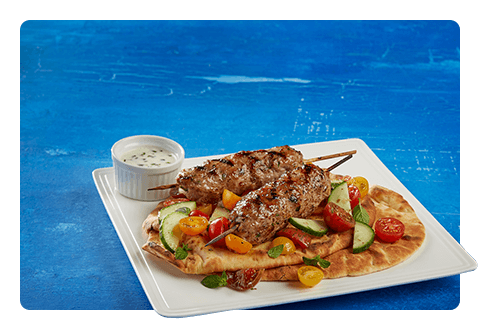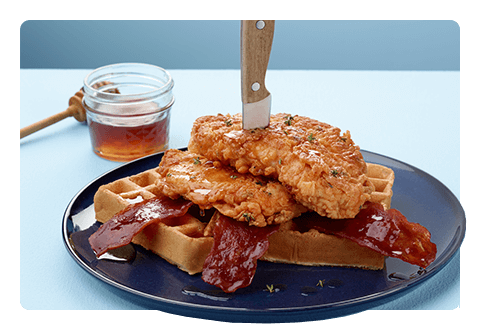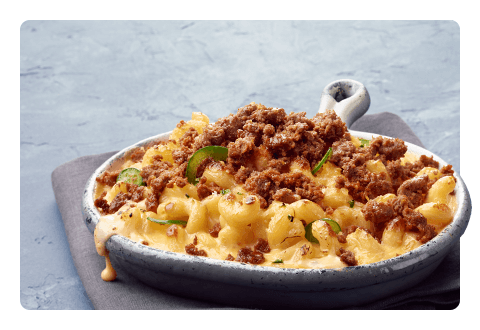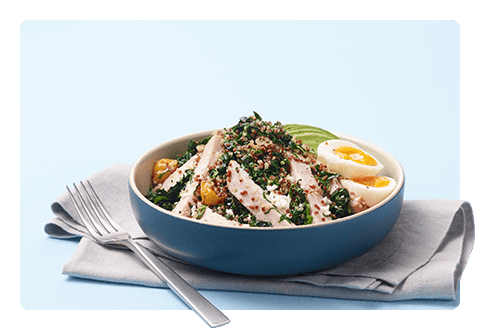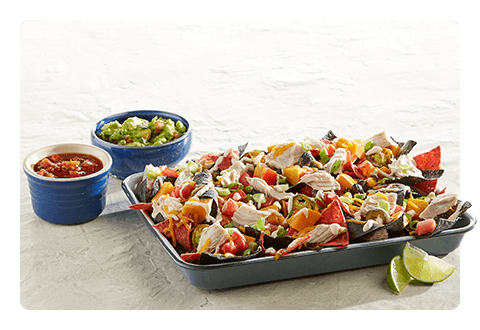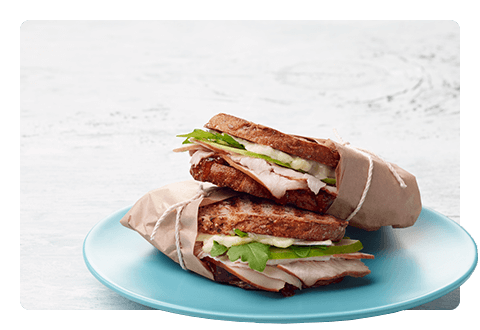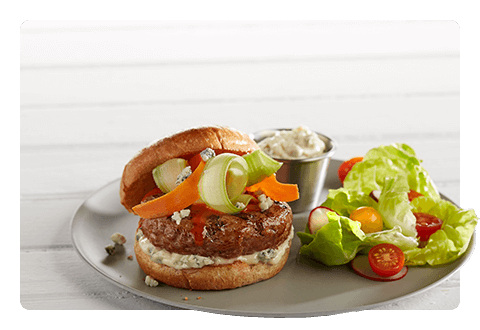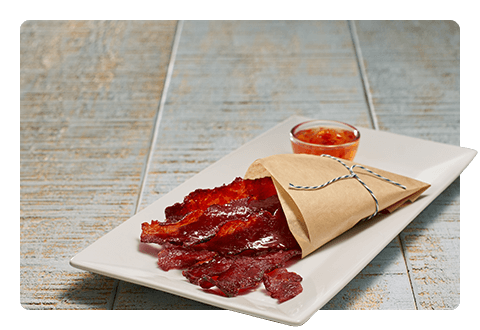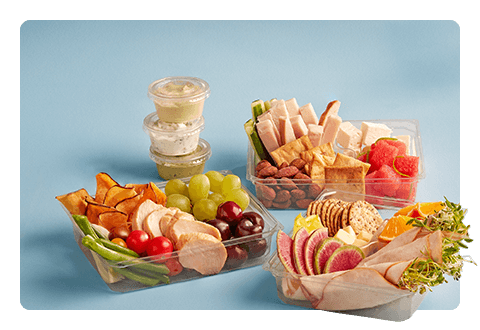The Rise of Integrated Foodservice
January 2019
Restaurants are no longer the only places people are visiting for their away-from-home dining needs. Companies outside the food industry, including retailers and banks, are now offering foodservice as an added value and convenience to customers.
Because they were raised with technology, many millennials prefer online transactions to face-to-face interactions. Cafés are popping up in retail locations with the intention of drawing these crowds. A variety of retailers use this trend to drive consumer attention, from Barnes & Noble Kitchen to H&M’s ARKET market and Polo Ralph Lauren-owned Ralph’s Coffee & Bar. They present new opportunities to build relationships with shoppers while giving companies more control over their brand.
Businesses have found that the integration of food and drinks increases profits. In 2017, IKEA foodservice sales grew 9.4% worldwide, to $1.8 billion total. The retail store is just as famed for its Swedish meatballs as it is for its home furnishings.
Creating distinct experiences is the focus of these in-person locations. For instance, Capital One opened the Capital One Café, which can counteract online banking. It’s a communal setup deliberately designed to avoid a corporate feel. Here, clients can receive financial coaching and benefits such as discounted beverages with a Capital One card.
To contend with the rise of these nontraditional dining spaces, restaurant operators must continue to find ways to differentiate themselves. This means focusing on diner experience almost as much as food quality. Beyond their menus, restaurants may offer interactive activities to guests.
Introducing games, like laser tag, darts or a mini arcade, to operations with ample space provides patrons with something to do outside of dining. Smaller venues, or those with less flexibility, might add a trivia night or table games. Other ways to drive traffic include incorporating new cuisines or trending LTOs into the menu or integrating new formats, like tableside cooking, as seen in hot pot restaurants.
Offering foods and beverages in retail stores adds a facet that can’t be replaced with online shopping: an experience. Now that food is being served outside of the usual restaurant, operators should consider unique offerings to drive traffic.
What is your opinion of retail stores using foodservice? Let us know on Facebook or LinkedIn. To learn more about what’s happening in the industry, visit our Resource Center.
SOURCES
Abrams, Melanie. Come for the Shopping, Stay for the Food, The New York Times, October 2017.
Loudenback, Tanza. Capital One is trying to curry favor with millennials with cafés around the US offering free Wi-Fi, local coffee and food, and complimentary money coaching, Business Insider, February 2017.
Dutton, Stephen. 5 lessons from the largest foreign foodservice brands, Nation’s Restaurant News, November 2018.
Schaefer, Michael. Can In-Store Dining Give Retailers an Edge Over Online Rivals?, Skift Table, March 2018.

